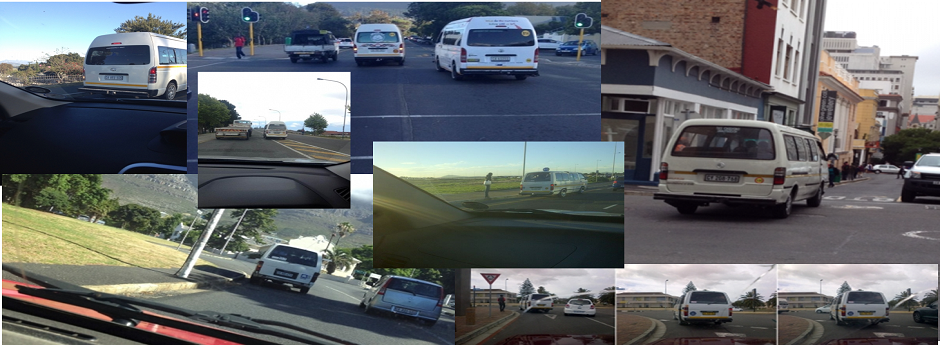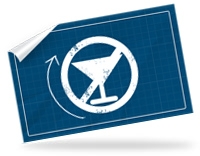Among the many virtues of public transport is the fact that it is safer than private vehicles. Even inter-city buses, which receive large amounts of media attention when they crash, have far better safety records than private vehicles overall. Intra-city buses like those provided by MyCiti and Golden Arrow Bus Services in Cape Town are as safe as rail. For example, Forensic Pathology Services data indicates that 8,329 people were killed on Western Cape roads from 2009 to 2014. Only 342, or 4%, were identified as being passengers in buses or minibus taxis, a particularly low number when considering how many people are transported by these vehicles each day. Between buses and minibus taxis, however, the contrast is very stark. 78 bus passengers were killed in the period, an average of 9.5 per annum, whereas 285 passengers were killed in minibus taxis, amounting to 47.5 per annum on average, or nearly 4 per month. This figure is five times that of buses. Minibus taxi drivers also die frequently compared to bus drivers. Two bus drivers were killed in the last six years, compared to 49 mini-bus taxi drivers. In addition, 121 pedestrians were killed in crashes involving a minibus taxi, compared to 66 killed by buses. Apart from these numbers hiding thousands of personal tragedies, and untold damage to the economy, what do the figures mean for road-based public transport?
Bus fatalities have remained stable, with large spikes caused by major crashes. The two crashes near De Doorns, in 2011 and 2013, are cases in point, accounting for over 90% of bus passenger fatalities for those years, and 56% of the total for the last six years.
The really good news is that minibus taxi-related fatalities have been on the decline since 2010. In 2010, 107 people were killed in crashes involving minibus taxis, Just under 70% of these were passengers. Last year, the total had declined by 57% to 46, with only 25 of these fatalities being passengers.
Two significant interventions have been in place since 2010 which may help explain these dramatic improvements. First, Western Cape authorities, including the Province and the City of Cape Town began rigorously impounding taxis found to be unroadworthy, or operating contrary to the conditions of their operating licences. This policy has led to numerous clashes with the industry, including strikes, riots and threats on the lives of officers. Secondly, the Provincial Traffic Services, under Chief Director Kenny Africa, have implemented a fatigue management programme on all major routes to and from the Eastern Cape. This programme has meant that long-distance taxis taking people to and from the Eastern Cape for holidays and long weekends are stopped, and drivers checked for fatigue. Drivers judged to be unfit to proceed are required to rest for a minimum of two hours. In combination with the City’s rigorous approach and the Province’s clampdown on exhausted drivers, average speed over distance, or “point-to-point” safety cameras have been installed on key routes, notably for minibus taxis, the R61. The effectiveness of the point-to-point safety cameras has been proven by both our own research and independent research by Stellenbosch University. The mean speed reductions experienced are significant, and have reduced the death toll on these stretches dramatically.
Unfortunately, however, minibus taxis continue to be notorious for poor road user behaviour, despite the very significant improvements in fatalities. It is all too common for motorists to experience reckless or aggressive road use by a minibus taxi practically every day. The knock-on effect of this is profound, as many citizens see the behaviour of minibus taxis as indicative of a wider breakdown of law and order. The broken window effect follows, with many taking their lead from a perceived lack of law enforcement will. This perception is very hard to break down, even though the City of Cape Town impounds more than 2,000 minibus taxis each year, or more than five per day. Engagement with, and support of, the industry is ongoing. In the meantime, I would like to appeal to all road users to rather follow the rules than a bad example, however tempting.







